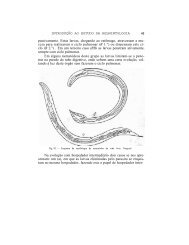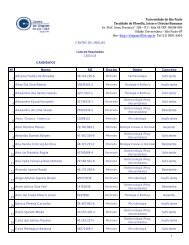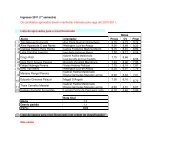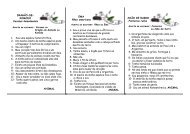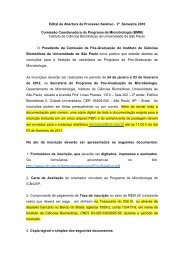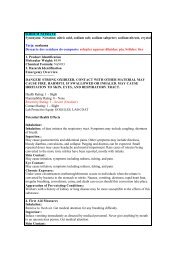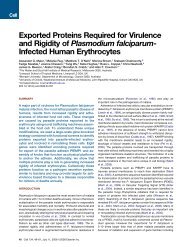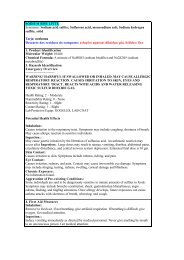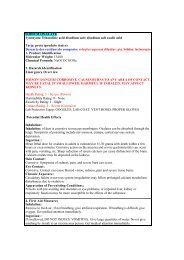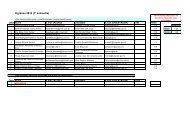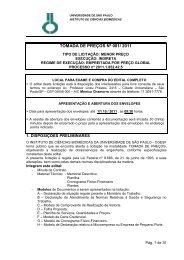ETHIDIUM BROMIDE Synonyms: Homidium bromide ... - USP
ETHIDIUM BROMIDE Synonyms: Homidium bromide ... - USP
ETHIDIUM BROMIDE Synonyms: Homidium bromide ... - USP
Create successful ePaper yourself
Turn your PDF publications into a flip-book with our unique Google optimized e-Paper software.
Eye Contact:Immediately flush eyes with plenty of water for at least 15 minutes, lifting upper and lowereyelids occasionally. Get medical attention if irritation persists.5. Fire Fighting MeasuresFire:As with most organic solids, fire is possible at elevated temperatures or by contact with anignition source.Explosion:Not an explosion hazard under normal conditions of Storage and use, but fine dust dispersedin air in sufficient concentrations, and in the presence of an ignition source is a potential dustexplosion hazard. Sensitive to static discharge.Fire Extinguishing Media:Water spray, dry chemical, alcohol foam, or carbon dioxide.Special Information:In the event of a fire, wear full protective Clothing and NIOSH-approved self-containedbreathing apparatus with full facepiece operated in the pressure demand or other positivepressure mode.6. Accidental Release MeasuresRemove all sources of ignition. Ventilate area of leak or spill. Wear appropriate personalprotective equipment as specified in Section 8. Spills: Clean up spills in a manner that does notdisperse dust into the air. Use non-sparking tools and equipment. Reduce airborne dust andprevent scattering by moistening with water. Pick up spill for recovery or disposal and place ina closed container.7. Handling: and StorageAvoid dust formation and control ignition sources. Employ grounding, venting and explosionrelief provisions in accord with accepted engineering practices in any process capable ofgenerating dust and/or static electricity. Empty only into inert or non-flammable atmosphere.Emptying contents into a non-inert atmosphere where flammable vapors may be present couldcause a flash fire or explosion due to electrostatic discharge. Contact will stain the skin purple.Wash gloves before removing them from the hands. Containers of this material may behazardous when empty since they retain product residues (dust, solids); observe all warningsand precautions listed for the product.8. Exposure Controls/Personal ProtectionAirborne Exposure Limits:None established.Ventilation System:A system of local and/or general exhaust is recommended to keep employee exposures as lowas possible. Local exhaust ventilation is generally preferred because it can control theemissions of the contaminant at its source, preventing dispersion of it into the general workarea. Please refer to the ACGIH document, Industrial Ventilation, A Manual of RecommendedPractices, most recent edition, for details.Personal Respirators (NIOSH Approved):For conditions of use where exposure to dust or mist is apparent and engineering controls arenot feasible, a particulate respirator (NIOSH type N95 or better filters) may be worn. If oilparticles (e.g. lubricants, cutting fluids, glycerine, etc.) are present, use a NIOSH type R or Pfilter. For emergencies or instances where the exposure levels are not known, use a full-facepositive-pressure, air-supplied respirator. WARNING: Air-purifying Respirators do not



